Hello subscribers, it’s been a while! So far in 2023, I have largely taken a break from writing. I wanted to focus more on expanding my chess knowledge, and also… I just couldn’t think of something to write about! The silver lining of my recent chess failure, is that my writers block was annihilated alongside my rating.
In 2022, I had the best chess year of my life. I went from low 1900 USCF to just under 2100 USCF, and expected 2023 to continue suit on my path to 2200(National Master). Though, halfway through 2023, my results haven’t met my lofty expectations. A few points up, a few points down, hovering above and below 2100… and then….
BAM!!! A 2-4 performance gives an absolute uppercut to my sense of ‘rating security’. The question ringing through my mind after the first few rounds of Chicago Open was: What happened, and how can I take measures towards it never happening again?
In this post I’m going to be going through a few critical low points of the Chicago Open. Then I will post some self analysis of my chess training BEFORE this tournament, how it’s different AFTER, and some initial results of this change.
ROUND 1- Pupulla,P (1950) vs Seghers,E (2116)
After misplaying an unfamiliar line with black, I was already uncomfortable, but stable. I had won a nice game the night before on Thursday vs NM Allen Becker, and felt that confidence. Shaky, but confident, I was trying to find a plan in this position on move 20.
My thought was: “I would like to infiltrate on the queenside, possibly with Nb3, a5, and Ra6. I don’t believe there is any way for white to infiltrate on the kingside, as I can always play Kg7 and Rh8 if white creates a reasonable pawn break. I’m ahead on time, I’m just going to play Qg6 to solidify the kingside, a5, see what he does, and continue with that plan”.
20…Qg6 21.g4 a5? 22.Rh1 Nb3?? 23.Nxb3 Bxb3 24.h4 f6 25.a4!
DOH! I had relied on ME playing a4 to cement my bishop on a powerful square, I didn’t notice that after Bxa4, Qa3, my bishop is getting trapped! The moves required for me to both save my bishop, AND prevent catastrophe on the kingside, are just not there. I shortly after lost my bishop, and despite getting some pawns in return, the game. A thoughtless march towards a bad plan, leading to a tactical miss. Oh well, I thought, I’ll shake it off.
ROUND 2- Seghers,E (2116) vs Kumar,S (1957)
While it’s worth noting that I played 12 moves of Sicilian against a different player before my true opponent showed up (he sat at the wrong seat, I didn’t ask for his name), I am not naïve enough to blame the loss on it. I played against a french defense, gaining some space quickly. After the theory had passed, I felt that I was in the first critical moment of the game on move 18.
The general plan in this opening is to find a way to attack the dark squares. I was up on time by a large margin, and my thought process was. “Well black’s last move opens up quite a nice square on f6. When I played h6, I planned to immediately play Bxc4 and Ne4, but now I’m seeing that black can play 20…Nd5, guarding the critical f6 square, and centralizing his knight. I shouldn’t help him centralize that knight...Ah I have a good idea, I’ll just play 20.Ng5, so next move I play Bxc4 and then move 22. Nge4 Nd5 23.Nxc5 Qxc5 24.Nde4 with tempo!”. I am satisfied with my clever maneuver and quickly play Ng5, pressing my time advantage.
20.Ng5?? My opponent looks puzzled, looks at me, and then the board.
20…f6!
DOH pt.2. I completely missed that my g3 pawn is hanging, as exf6 leads to Qxg3! This move essentially collapses my position, and from here on, black plays CLINICALLY to absolutely crush me. A very nice job from my opponent converting after yet another very silly mistake by me. I am reeling after 2 poor games vs players nearly 200 points below me, and I see I am facing a player I beat with same colors, a few months ago, in round 3. Whether I am happy about this, or intimidated, I couldn’t really decide.
ROUND 3- Lyu, Z (1890) vs Seghers, E (2116)
My opponent was surprised when I decided to play the same opening as our last encounter, but he switches up the line, and castles queenside as well. We play some standard moves in the line, it’s clear he’s done his homework, and we reach this position on move 16.
It’s clear he wants to play g4, but I need to evaluate if I find this to be a problem that needs solving. My thought process was “Well, if I play Ng6, he can’t capture due to Bxg6 fxg6 Qxg6 and Be4+ (or Rxe2). It also superficially blocks the g file, tempting him to play g4. Oh, once he plays g4, I can capture, and play Qe6 and I’m forking on a2 and his rook on g4! I even have a chance to play Bxa2+ and Bb3, winning the exchange. Let’s play it.” 16…Ng6 17.g4? hxg4 18.Rxg4
“The trap has been sprung! Though… maybe it’s more accurate to play Bxa2+ first, because it creates a chance for him to drop the rook with Kxa2 and Qe6+! It shouldn’t affect anything, it’s just a transposition.”
18…Bxa2 19.Ka1 Qe6 Yes, now I am threatening Bb3, and his rook on g4, no way to stop that!
20.Rdg1
…..I am distraught. Yet another miscalculation of my opponents defensive resources, and not only is white not losing material, h4→h5 suddenly is a nigh unstoppable threat. While Stockfish was able to find some incredible defensive resources in this position, and claims it’s close to equal, my human eyes and broken heart couldn’t bear to continue. I went on to quickly lose after white’s rooks broke through on g7.
0-3 against 3 lower rated players, I message my coach Eugene Perelshteyn, asking if I should withdraw. He advises me to listen to my energy level, do I still have enough to play? I decide that I do, and am able to finish 2-1 before withdrawing from round 7, and save a measly 10 points. Going from -60 to -50 shows some character, but at the time it felt more like learned helplessness to continue. So, what happened?
BEFORE
To be honest, my preparation for this tournament, and focus on my training in the weeks leading up to this tournament, was very poor. A quick glance at the quality of my lichess rapid games shows this.
With a peak rating of 2410, having my rating under 2250 is major for me with how many games I was playing. Many quick resignations, distracted YouTube playing. You practice how you play.
I was also doing less than 10 minutes of puzzles a day, and sometimes NO puzzles in a day. This is unacceptable. While my round 1 loss was mainly due to poor opening preparation and committing to a bad plan, round 2 and 3’s games were very telling of laziness in my calculation, and lack of recent training in that area. In round 2, with a bit more focus, and a bit more sitting on my hands, I’m certain I could’ve found this strong continuation:
Now the knight will come to e4 to dominate the game, just as I wanted with Ng5??. This is simply just a correct ordering of the all the moves I had in my head! If I would’ve done some hard thinking, and realized I can play Ng5 at the end, rather than at the beginning, I would’ve been +2, instead of -2. Now let’s look at this same ‘critical moment mistake’ in round 3.
Yet again, I had initially planned Qe6, and instead talked myself out of it through poor calculation! The second prong of Bf3, winning material, could’ve been found with a bit more focus, and yet again, sitting on my hands.
So in conclusion, my intuition was just as strong as usual, but my tactical strength had regressed due to poor focus and discipline in my training, that I believe bled into my ‘in game’ thought process. This combined with the snowball effect of low confidence due to losses, created disaster. So, what now?
AFTER
Right when I got home, I made a plan. I flew through Axel Smith’s “Pump up your rating” over a week, and the following 3 points resonated with me with the most:
Goals should be based on effort and consistency, not results.
You must make a ‘list of mistakes’, and revisit it often.
You must participate in active learning every day to continue to progress
Alright, chess every day it is. To cement this in, I spun back up Aimchess, and began the woodpecker method on Chessable. I also have created a custom chessable course with all of my mistakes in my last 20 classical games(still backfilling as well) drilled with corrections and words on why they are superior options to the previous mistake.
I’ve been averaging just over 2 hours of work a day of training, with around an hour of that a day being tactical work on aimchess/chessable/chesstempo. I have also been taking my lichess rapid games very seriously, and treating it as a window into how I will perform in tournaments. With these recent changes to not allow ‘chess laziness’ in my chess time, and hoping it’d bleed into my games, I’ve had the following results in my last 2 weeks of lichess rapid. (Thanks Aimchess!).
I’ve crawled my rating up 100 points, back to 2330, and hope to be back over 2400 shortly. It’s encouraging that the largest increase, has been over a DOUBLING in my resourcefulness. Resourcefulness is measured by what % of games can you win or draw, when you are down by +1.5 or more, and I was able to win or draw over half of those. If that doesn’t signify a decrease in ‘chess laziness’, I don’t really know what does.
While I know my results are not 100% in my control, I believe that these changes in mindset and daily routine will result in strong shows of effort and focus in my next few tournaments. I’m going to do my best to not even think about the ‘results’ or ‘rating’ aspect, and only focus on my effort, focus, and preparation. I’m certain I’ll have many more performances I’m not happy with in my chess career, I just hope I can keep learning from them!
Thanks for reading, and I hope this self-analysis is interesting or helpful to you as well! Feel free to reach out to me on twitter, @ChessLobster!




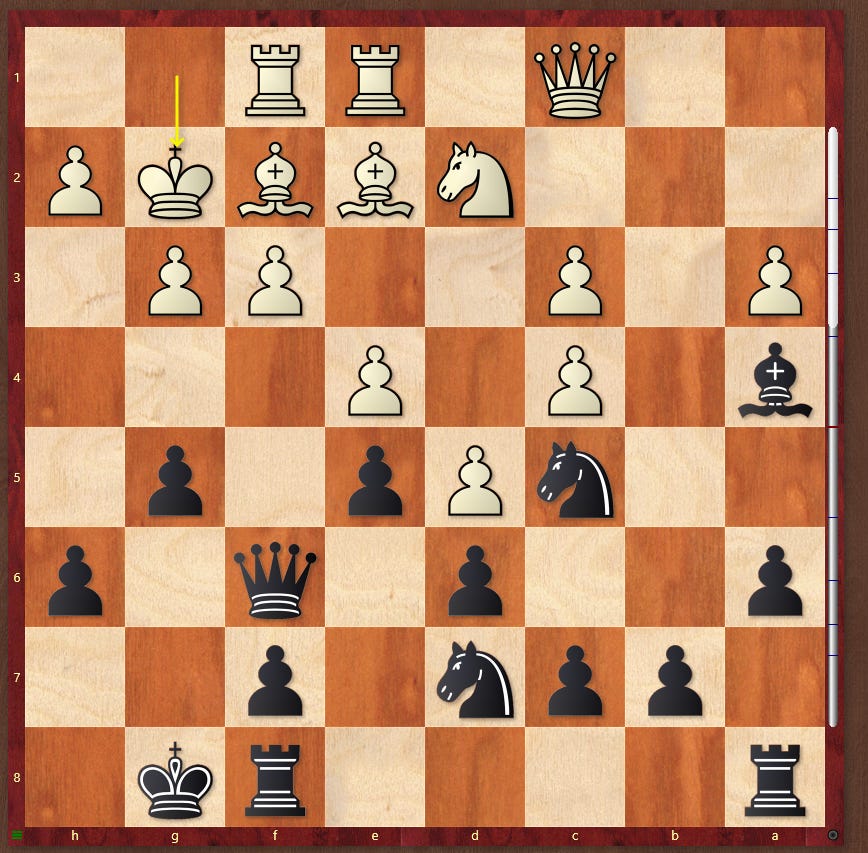

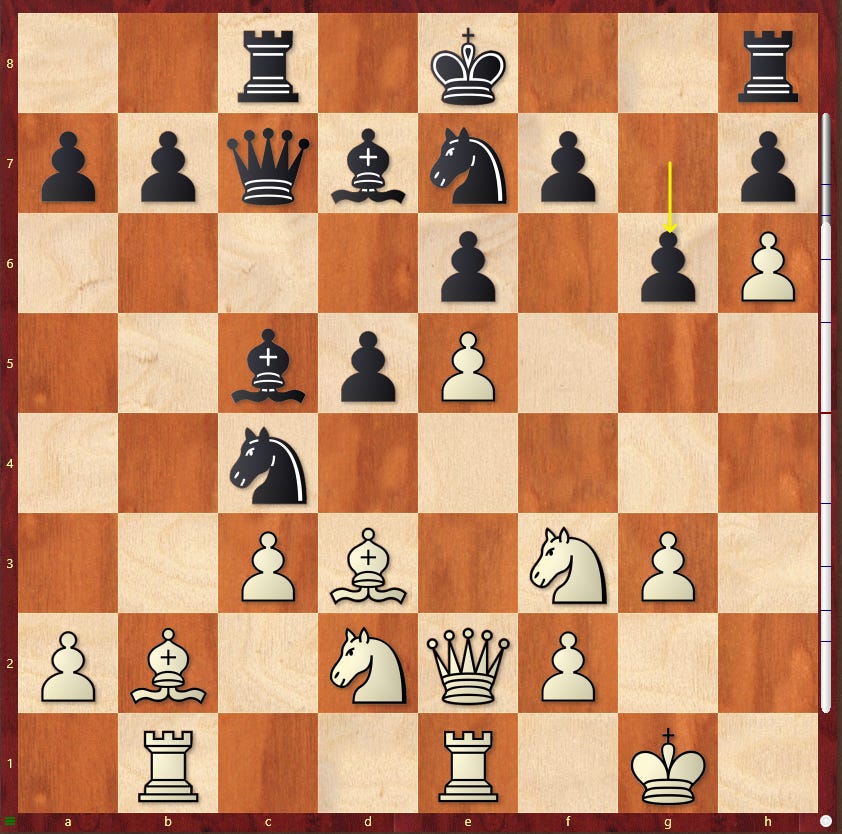
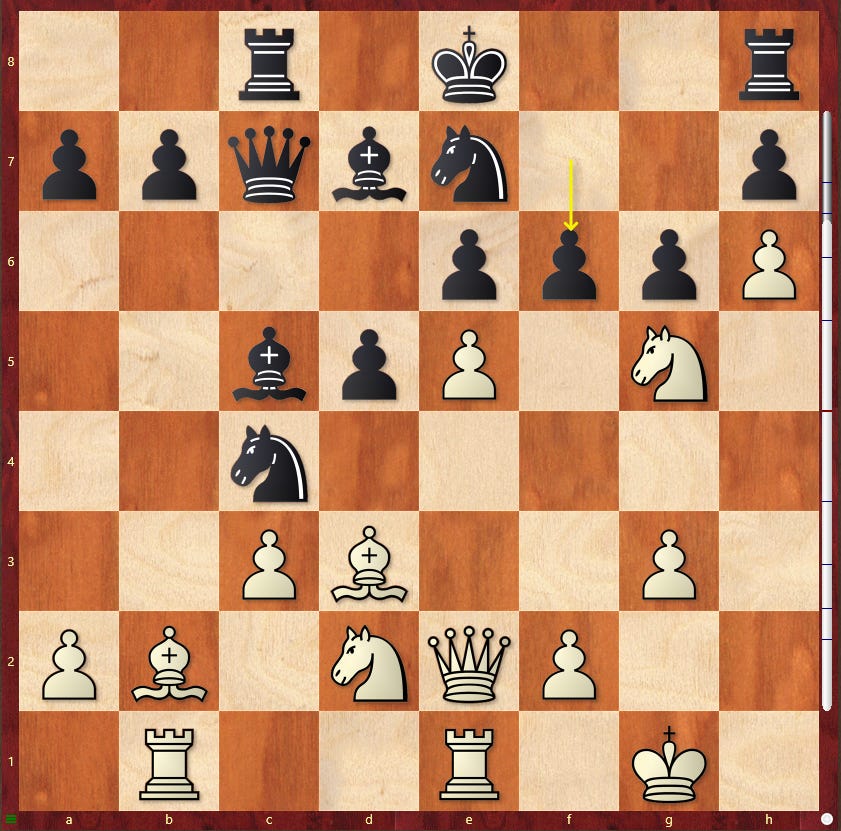
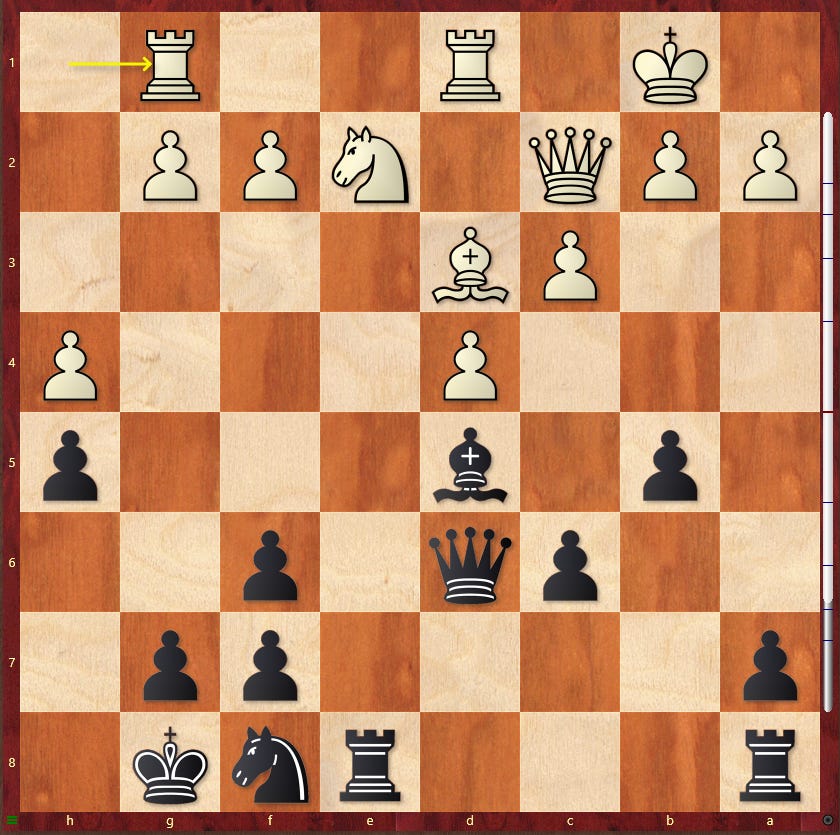
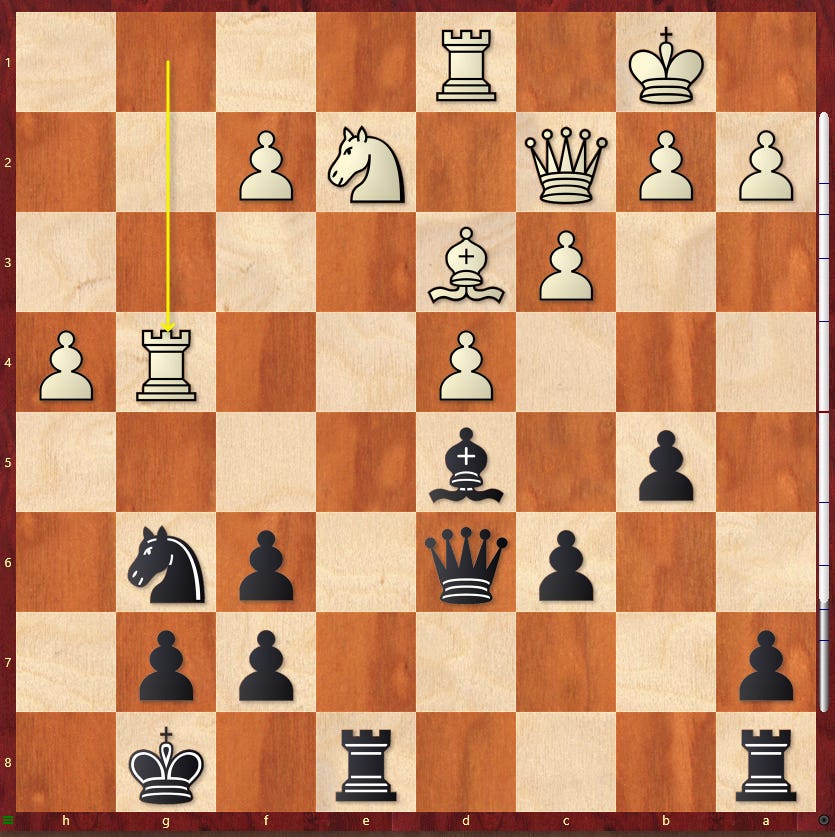
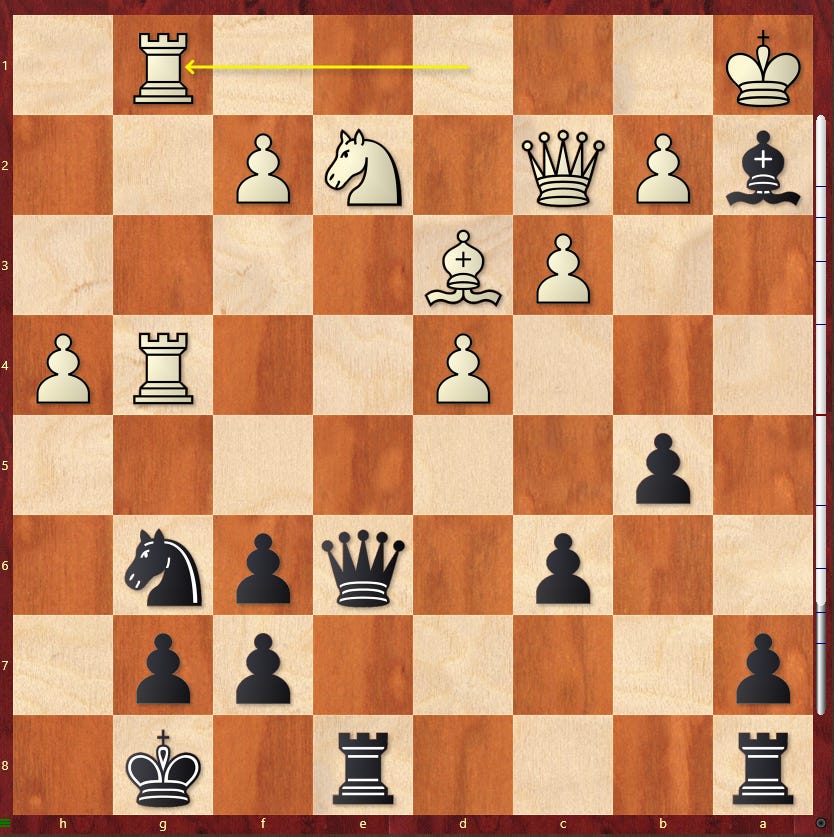
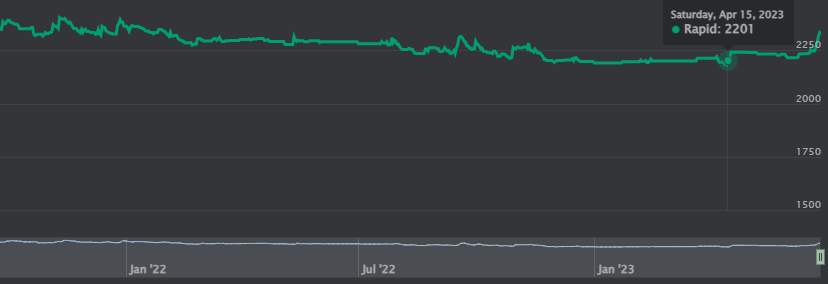

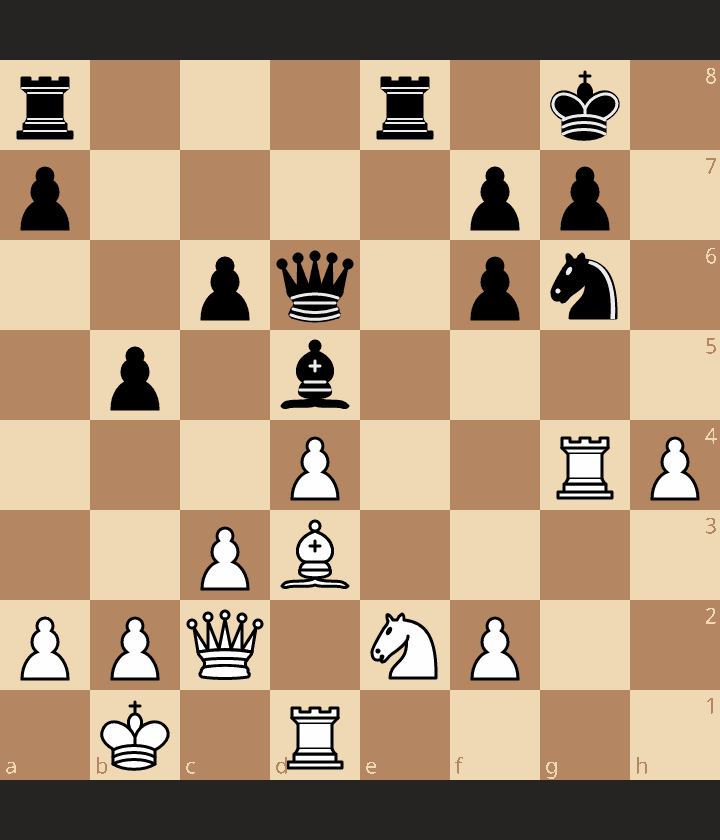

This is an amazing way to deal with such severe losses! I am glad I was able to convince you to write this page, as it has also helped me realize some more study plans I can put into place for myself!
Great article... win or learn - and you've come a long way to learn so much from your losses. Great work!